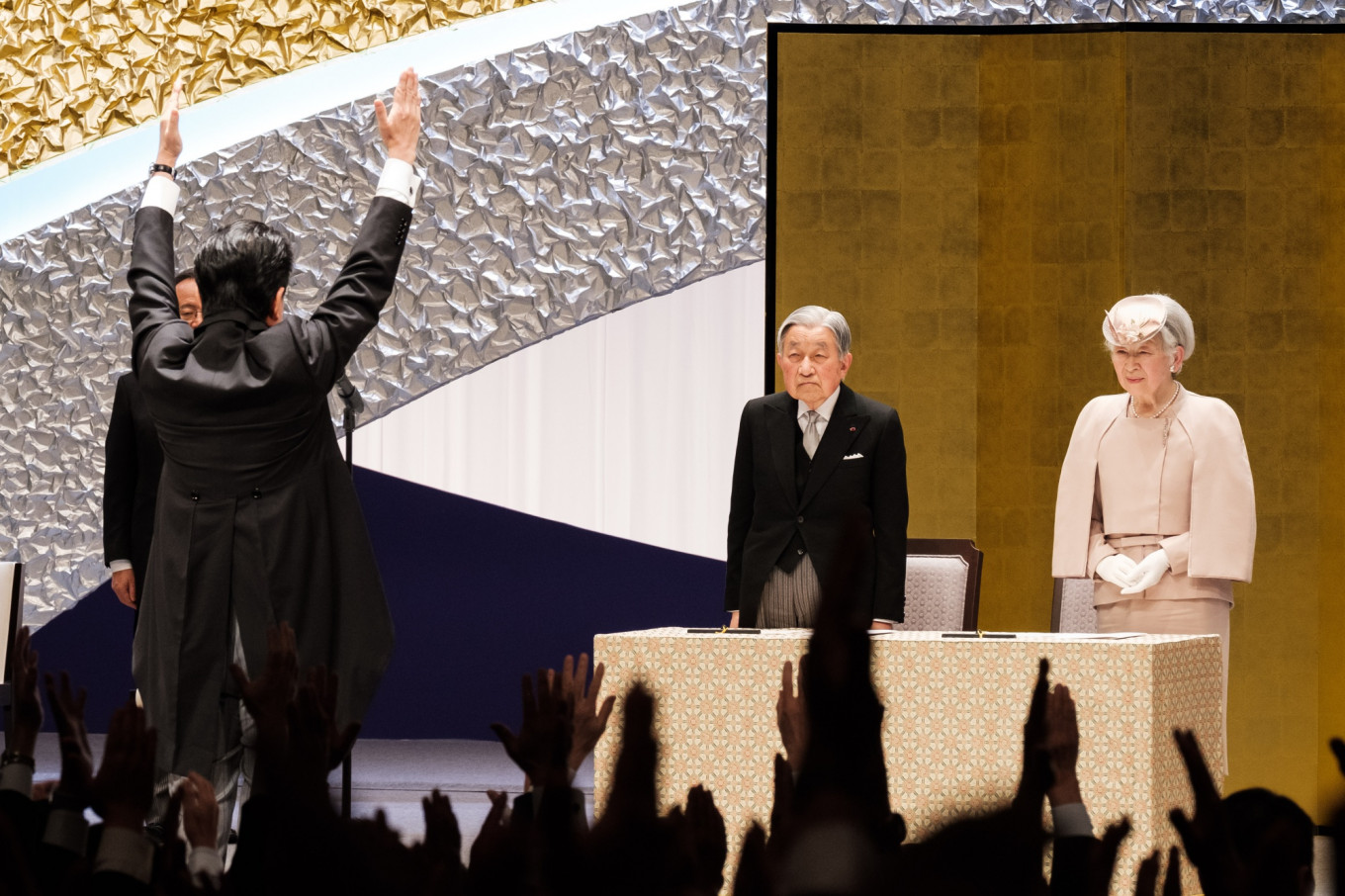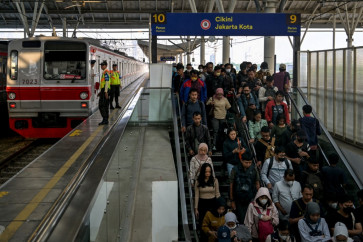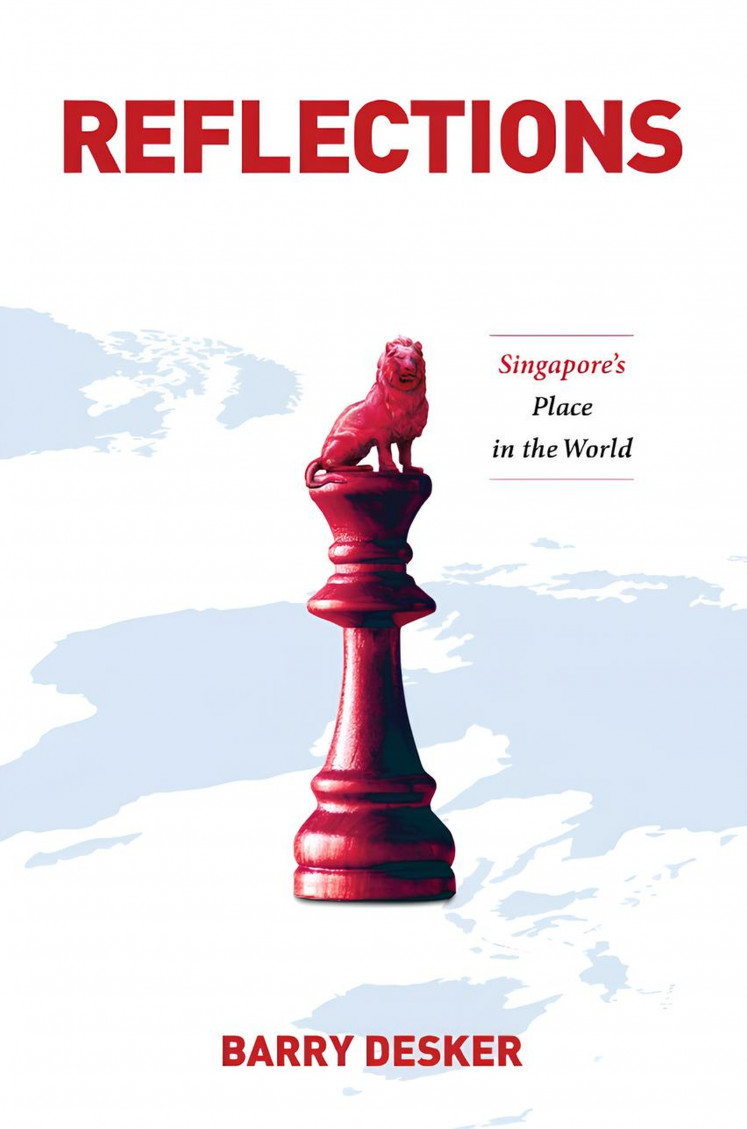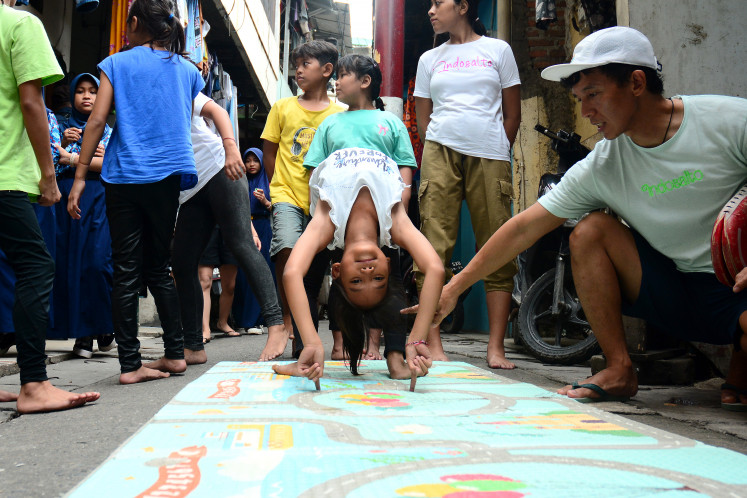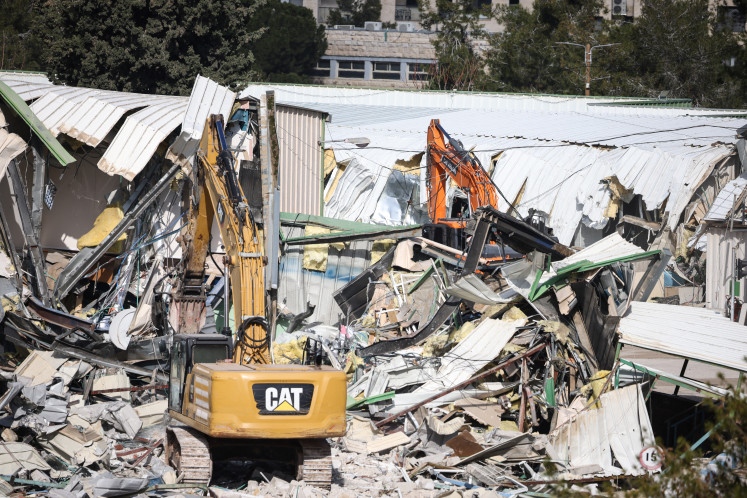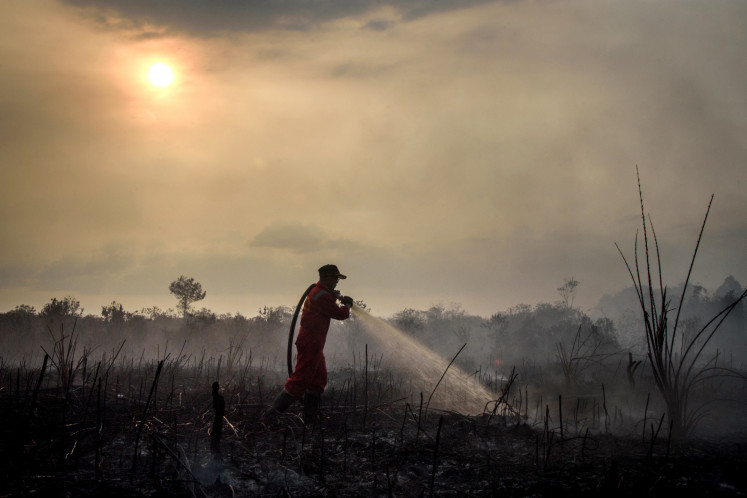Popular Reads
Top Results
Can't find what you're looking for?
View all search resultsPopular Reads
Top Results
Can't find what you're looking for?
View all search resultsJapan’s Emperor Akihito steps down: A life in pictures
Change text size
Gift Premium Articles
to Anyone
J
apanese Emperor Akihito, 85, is ending his three-decade reign on April 30, voluntarily stepping down due to health concerns. It is the country’s first abdication of the Chrysanthemum Throne since 1817.
His 31-year imperial era—known as Heisei, which can be translated as “achieving peace”—comes to an end with a ceremony at the Imperial Palace in Tokyo. A day after the abdication, his son, Crown Prince Naruhito, 59, ascends the throne in ceremonies at the same location.
Akihito helped to modernize the world’s oldest hereditary monarchy by bringing the imperial family closer to the public. He and his wife, Empress Michiko, have taken on gentle public personas and were seen as helping the nation through catastrophic natural disasters with displays of compassion that included visits to evacuation centers to speak to survivors.
His landmark apologies for the wartime aggression launched in the name of his father, Hirohito, helped ease often fraught relations with neighbors China and South Korea, which bore heavy blows from Japan’s militarism. Akihito spoke in ordinary Japanese, rather than the formal grammar employed by his father, the last emperor regarded by prevailing custom to be a living deity.
Akihito is an emperor of firsts. He was the first emperor to reign entirely under the U.S.-drafted pacifist constitution after World War II, the first to marry a commoner and, along with his wife, the first to raise his children at home.
Read also: Tokyo Olympics ceremony, chance for new emperor to strike back
The public reacted sympathetically when he made a rare televised address in 2016 telling of his intention to abdicate—citing his advanced age and poor health. The government then passed a special one-time law to allow for him to step down.
The emperor and empress have made official visits to 28 countries, according to the Imperial Household Agency. They have been at the forefront of relief efforts after major disasters, consoling victims and offering support to relief works. They have toured every part of Japan and made more than 500 visits to facilities for children, the elderly and people with disabilities.
A new imperial era—Reiwa, meaning “auspicious calm”—begins under his son Naruhito on May 1.

